In the remote highlands of Nicaragua, a new extreme sport has emerged that combines adrenaline, danger, and the raw power of nature. Volcano boarding, or volcano surfing, has become a bucket-list activity for thrill-seekers worldwide. Participants hike up the slopes of an active volcano, only to slide back down at speeds exceeding 50 miles per hour on a modified wooden sled. It’s a surreal experience—one that blends the thrill of speed with the eerie backdrop of steaming volcanic terrain.
The sport gained prominence on Cerro Negro, one of the youngest and most active volcanoes in Central America. Located near the city of León, this black-cinder cone stands at 728 meters tall and has erupted more than 20 times since its formation in 1850. The loose volcanic scree covering its slopes makes it an ideal (if unforgiving) surface for high-speed descents. Unlike traditional sandboarding, where riders carve down dunes, volcano boarding is a straight-shot race against gravity—and sometimes common sense.
The origins of volcano boarding are as unpredictable as the sport itself. In the early 2000s, a group of Australian backpackers, inspired by the volcanic landscape, decided to test their luck by sliding down Cerro Negro on metal sheets. The idea caught on, and soon locals began offering guided tours with custom-made plywood sleds reinforced with metal runners. Today, companies like Bigfoot Hostel have turned it into a full-fledged adventure tourism operation, complete with jumpsuits, goggles, and instructions on how to brake (or more accurately, how to attempt braking).
What makes volcano boarding so uniquely terrifying is the lack of control. The sleds have no steering mechanism, and the volcanic rock provides minimal friction. Riders tuck their feet under the sled, grip a rope for dear life, and let gravity do the rest. Wipeouts are common, and even experienced boarders can find themselves tumbling down the slope in a cloud of black dust. Protective gear is a must—thick clothing, gloves, and a helmet are non-negotiable unless one fancies a full-body exfoliation courtesy of volcanic grit.
Beyond the adrenaline rush, the sport raises questions about risk and responsibility. Cerro Negro is an active volcano, and while it hasn’t erupted since 1999, the possibility is never zero. Guides monitor seismic activity closely, but the unpredictability of nature is part of the allure. For many participants, that element of danger is precisely what makes the experience unforgettable. There’s something primal about racing down a mountain that could, theoretically, erupt beneath you.
Despite its niche appeal, volcano boarding has begun to attract mainstream attention. Documentaries, travel shows, and social media influencers have all taken turns hurtling down Cerro Negro, spreading the sport’s reputation as the "world’s most dangerous descent." Yet, for all its hype, it remains a relatively underground activity—accessible only to those willing to make the trek to Nicaragua’s rugged interior. There are no fancy resorts or VIP lanes here; just a dusty trailhead, a steep climb, and the promise of an unparalleled ride.
As extreme sports continue to push boundaries, volcano boarding stands out for its simplicity and sheer audacity. It requires no expensive equipment, no years of training—just courage (or perhaps a lack of self-preservation instinct). Whether it evolves into a global phenomenon or remains a daring footnote in adventure tourism, one thing is certain: sliding down an active volcano is an experience that defies comparison. And for those who survive it, the bragging rights last a lifetime.
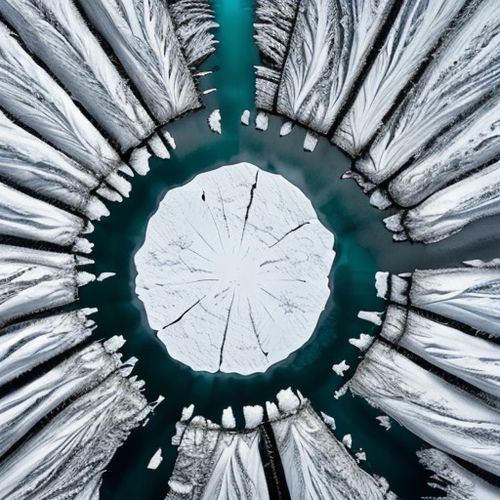
By Sophia Lewis/May 8, 2025
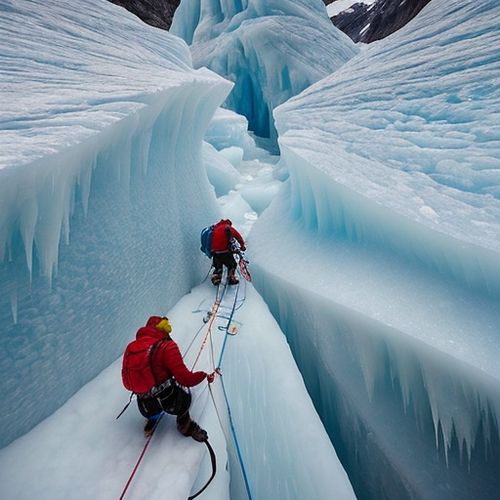
By Samuel Cooper/May 8, 2025
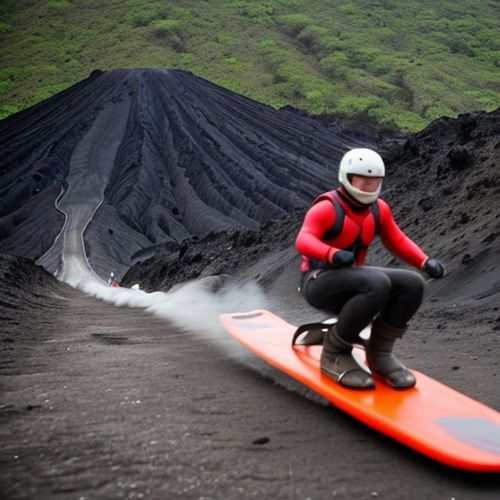
By William Miller/May 8, 2025
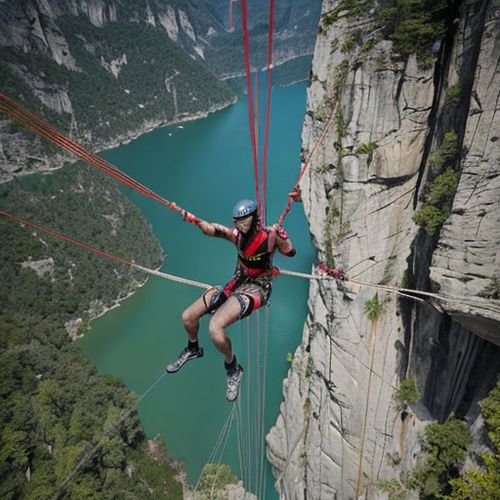
By Rebecca Stewart/May 8, 2025
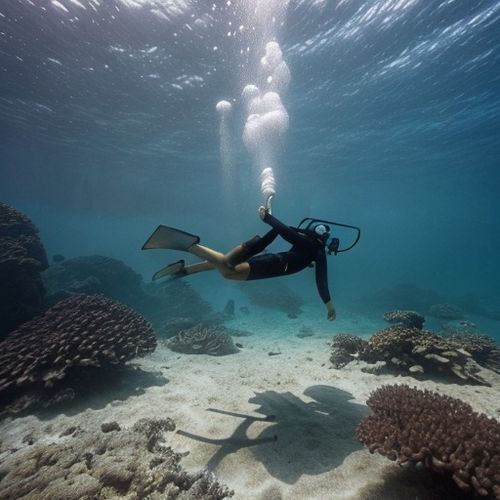
By Natalie Campbell/May 8, 2025

By Jessica Lee/May 8, 2025
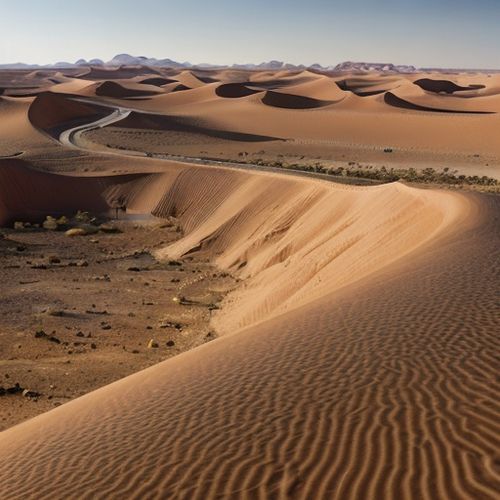
By Thomas Roberts/May 8, 2025
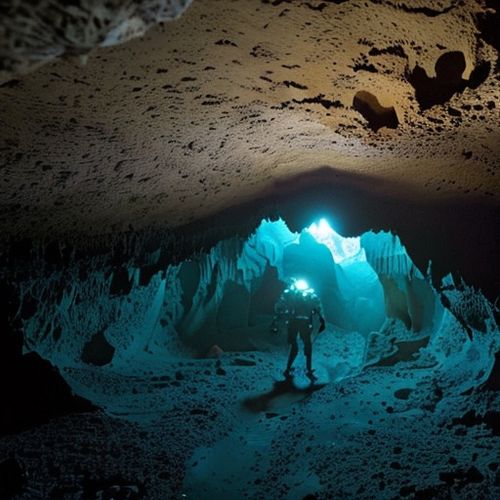
By Christopher Harris/May 8, 2025
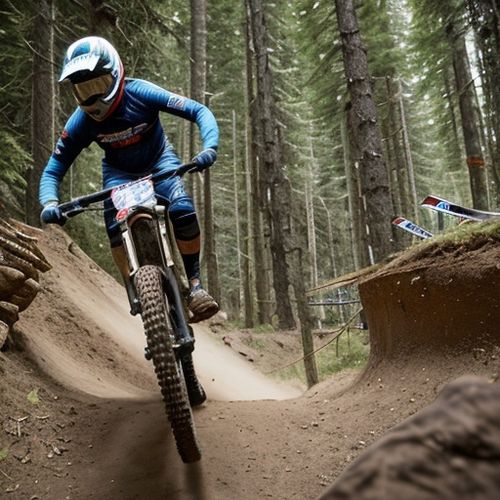
By Christopher Harris/May 8, 2025
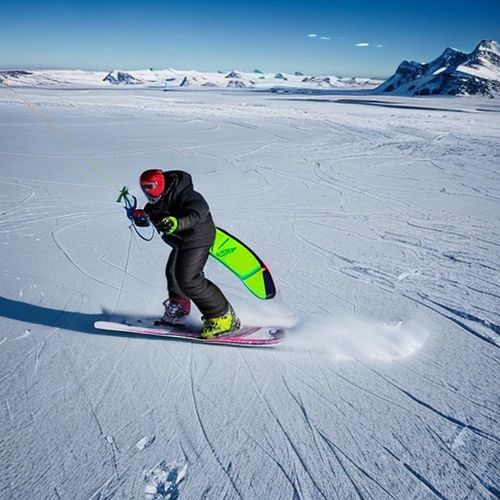
By Natalie Campbell/May 8, 2025
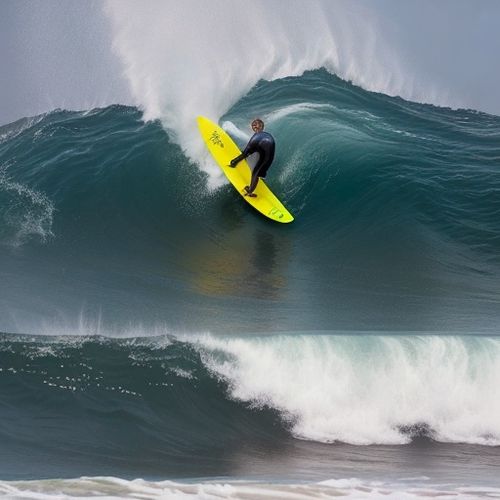
By Rebecca Stewart/May 8, 2025
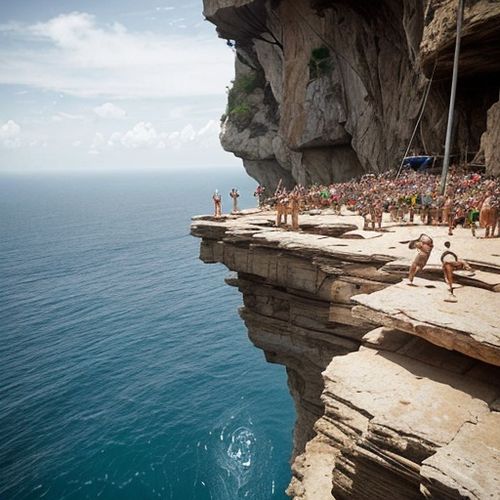
By Sophia Lewis/May 8, 2025
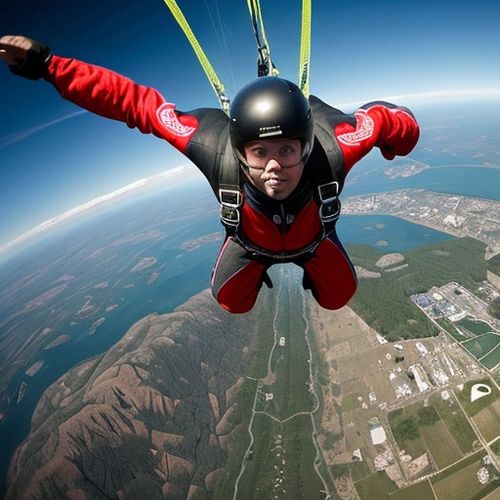
By Noah Bell/May 8, 2025
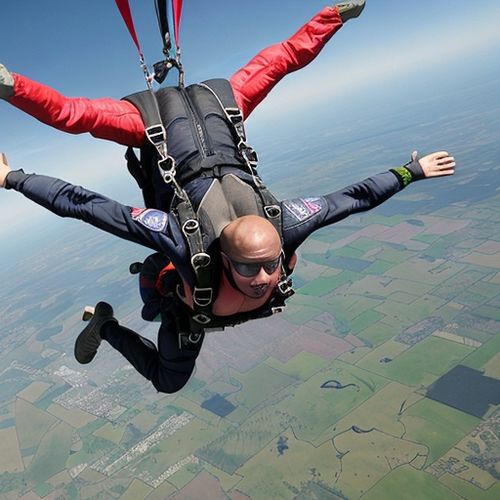
By Sophia Lewis/May 8, 2025
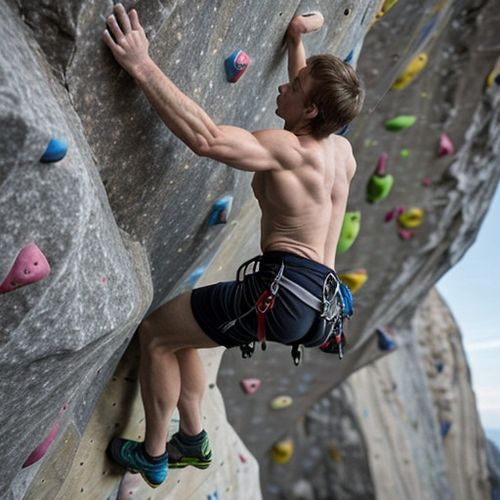
By Benjamin Evans/May 8, 2025
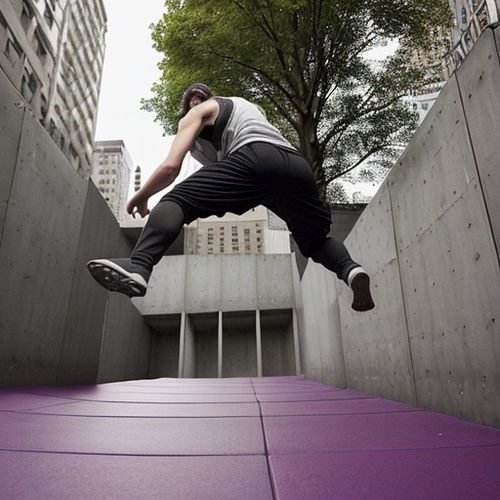
By Benjamin Evans/May 8, 2025
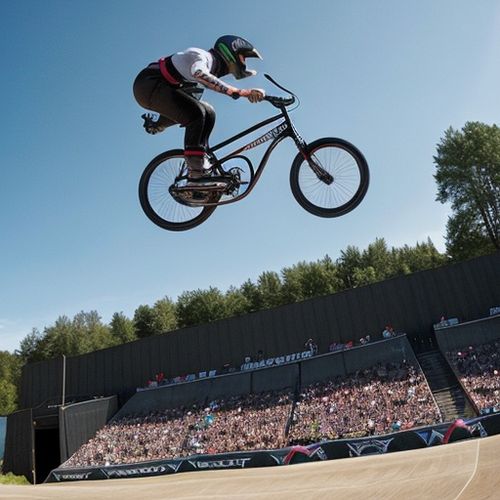
By Eric Ward/May 8, 2025
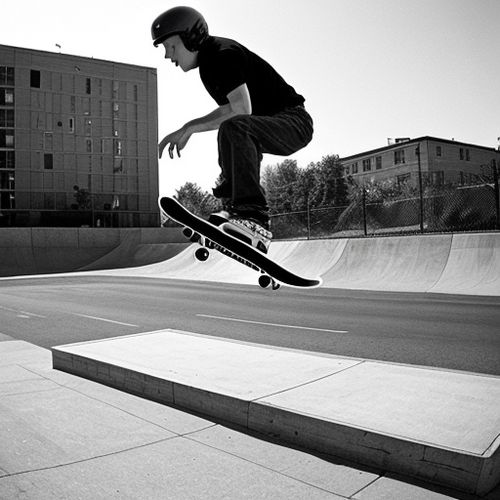
By Elizabeth Taylor/May 8, 2025
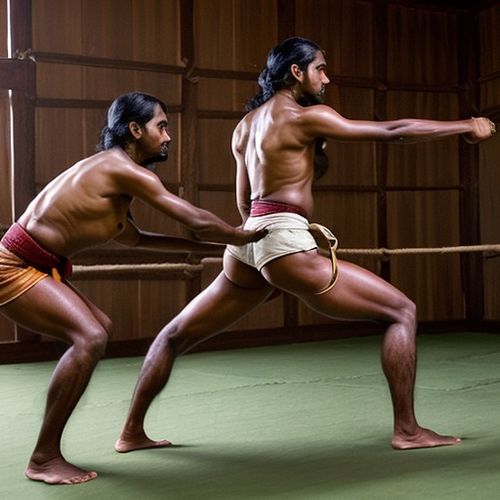
By Daniel Scott/May 8, 2025
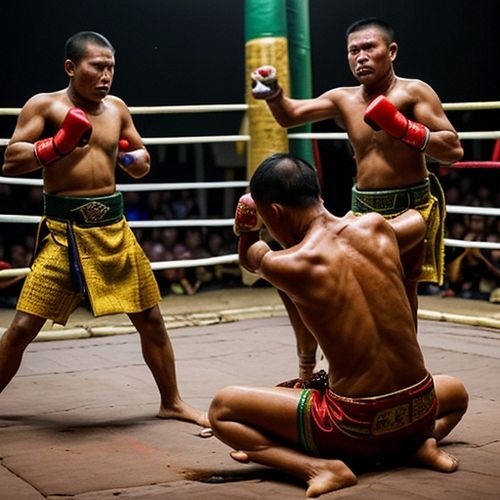
By Eric Ward/May 8, 2025